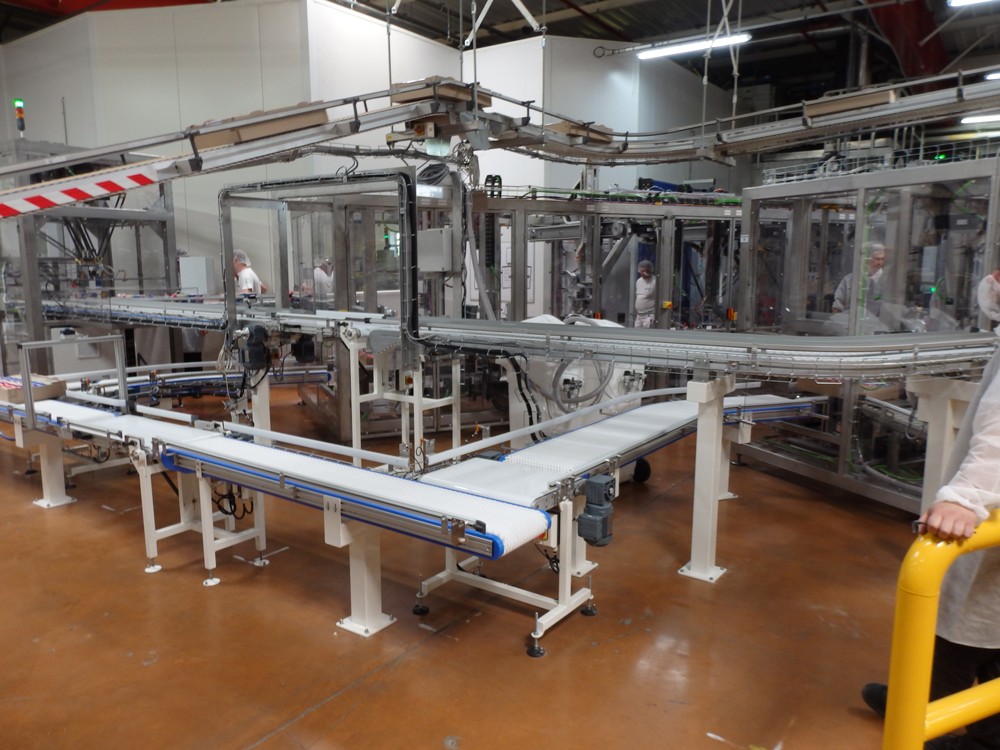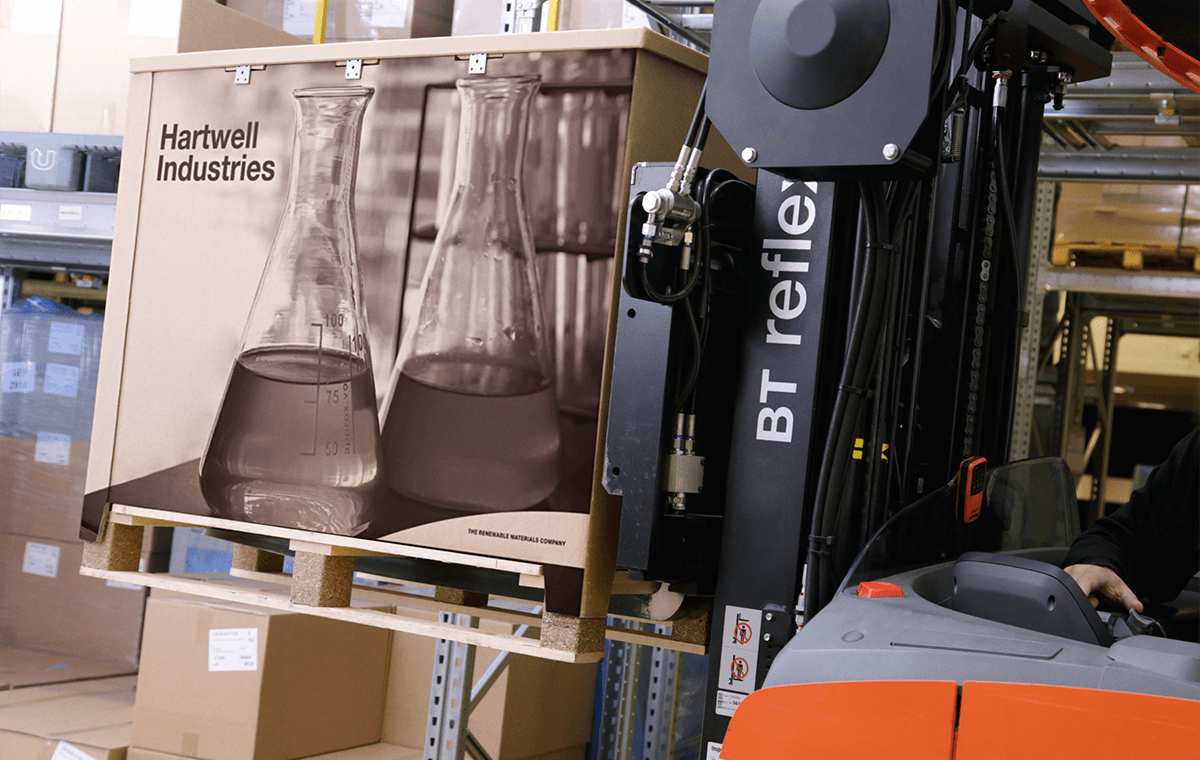Processing Company Expertise: Opening Performance in Production
Effective Industrial Recycling Solutions for Sustainable Product Packaging: A Comprehensive Overview
That's where this extensive guide on efficient industrial recycling solutions for lasting packaging comes in. By discovering crucial areas such as product packaging product selection, making for recyclability, carrying out recycling framework, teaming up with recycling companions, and tracking and gauging recycling success, this guide will certainly furnish you with the understanding and tools necessary to make educated decisions and drive favorable change within your company. Whether you're a packaging specialist, sustainability manager, or merely interested in the subject, this guide will give useful understandings and methods to aid you navigate the globe of lasting packaging.
Product Packaging Material Selection
The selection of packaging materials plays a critical duty in ensuring the sustainability of industrial recycling services. The choice of materials is key in reducing environmental impact and making the most of recycling efficiency when it comes to lasting product packaging. Choosing the ideal materials can help decrease waste generation, conserve sources, and advertise a circular economy.
Materials like cardboard, paper, glass, and specific types of plastics can be recycled numerous times without losing their top quality. On the other hand, materials that are tough to recycle, such as non-recyclable compounds or combined plastics, can create obstacles for the recycling process and might end up in land fills or incinerators.
Another factor to consider is making use of sustainable and biodegradable materials. Product packaging made from renewable energies, such as plant-based plastics or biopolymers, can aid decrease reliance on fossil gas and reduce environment adjustment. Additionally, eco-friendly products break down naturally gradually, reducing the build-up of waste in land fills.
Furthermore, the weight and volume of product packaging products should be reduced to minimize transport prices and power consumption. Lightweight products not just call for fewer resources throughout manufacturing yet also add to reduce carbon discharges throughout transport.
Creating for Recyclability
In order to ensure the recyclability of packaging materials, thoughtful design is vital. Creating for recyclability includes producing product packaging that can be quickly arranged, divided, and processed in recycling facilities. One crucial facet of making for recyclability is the selection of materials. Packaging developers need to focus on the usage of products that are extensively accepted for reusing and have established recycling infrastructures. Products such as glass, light weight aluminum, and particular kinds of plastic, like pet dog and HDPE, are generally reused and must be liked over materials that are challenging or costly to reuse.
An additional critical factor to consider in developing for recyclability is the removal of unnecessary components or products. By lessening the number of layers, coatings, and added components, packaging can be made easier and simpler to recycle. In addition, designers need to intend to reduce using mixed products, as they can complicate the reusing process.

Implementing Recycling Infrastructure
Efficient execution of recycling framework is important for the success of commercial recycling options. Without proper facilities in area, the recycling procedure becomes ineffective and ineffective, preventing the overall goal of lasting packaging.
To execute reusing infrastructure efficiently, numerous key aspects require to be considered. There should be an efficient collection system that helps with the splitting up and collection of recyclable products. This can include designated reusing containers in public areas, as well as collaborations with waste administration business for curbside pickup and sorting.
When accumulated, the recyclable products require to be transported find more information to reusing facilities in a prompt way. This requires efficient logistics and transport networks, ensuring that the materials reach the ideal facilities immediately.
At the recycling facilities, advanced sorting and processing modern technologies should remain in area to separate various kinds of materials efficiently. This consists of making use of automated arranging machines, optical scanners, and manual sorting strategies.
Moreover, there should be a durable market demand for recycled products. This can be achieved via collaborations with manufacturers and industries that make use of recycled products in their manufacturing procedures. Producing a stable market for recycled products incentivizes the reusing sector and advertises the circular economic situation.
Working Together With Recycling Allies

One trick aspect of teaming up with reusing partners is the establishment of clear communication networks. It is very important to develop open lines of interaction to help with the exchange of details, updates, and comments. This allows both events to remain informed concerning the development of recycling campaigns and address any kind of challenges or concerns that might develop.
In addition, collaboration can entail joint efforts in making and carrying out recycling programs. Recycling companions can provide beneficial understandings and guidance in creating efficient collection systems and determining one of the most appropriate recycling modern technologies. By functioning together, companies and reusing partners can enhance the reusing process and lessen waste.
Moreover, cooperation can extend past the operational elements of reusing. It can additionally incorporate campaigning for and education and learning campaigns. By signing up with pressures, organizations and reusing partners can elevate understanding regarding the importance of recycling and promote the fostering of lasting product packaging techniques amongst customers and various other stakeholders.
Tracking and Measuring Recycling Success
To make sure the performance of industrial recycling remedies and the success of sustainable product packaging objectives, it is essential for organizations and their recycling companions to develop a thorough system for tracking and gauging reusing success (bulk container recycling). Measuring and tracking reusing success permits organizations to assess the influence of their reusing initiatives, identify areas for improvement, and set significant targets for future development
One way to track recycling success is with the usage of information collection and analysis devices. By collecting data on the amount of packaging waste generated, the percent of waste that is recycled, and the kinds of materials being reused, services can obtain useful insights into their recycling performance. This information can then be analyzed to determine patterns, patterns, and areas of inefficiency.
One more vital element of tracking and determining recycling success is developing clear and standard metrics. This enables companies to compare their efficiency against industry standards and track their progression gradually. Metrics such as recycling prices, waste diversion prices, and greenhouse gas discharges can offer a quantitative action of a service's reusing success.

Conclusion
In conclusion, implementing reliable commercial recycling official site services for lasting product packaging needs careful factor to consider of product packaging material selection, making for recyclability, carrying out recycling framework, working together with reusing partners, and tracking and gauging recycling success. By including these methods, companies can add to an extra environmentally-friendly and lasting technique to packaging, lowering waste and advertising the Clicking Here round economic situation.
By exploring vital areas such as product packaging material option, developing for recyclability, implementing reusing infrastructure, teaming up with reusing companions, and tracking and gauging recycling success, this overview will equip you with the expertise and devices essential to make enlightened decisions and drive favorable change within your company. Packaging developers must prioritize the usage of products that are widely approved for recycling and have actually developed recycling infrastructures.Cooperation with recycling partners is important for the successful implementation of commercial recycling remedies and the accomplishment of lasting product packaging goals. By signing up with forces, businesses and recycling companions can increase awareness about the relevance of recycling and promote the fostering of lasting packaging techniques among consumers and other stakeholders.
By collecting information on the quantity of product packaging waste produced, the portion of waste that is recycled, and the types of products being recycled, businesses can obtain valuable insights right into their reusing performance.